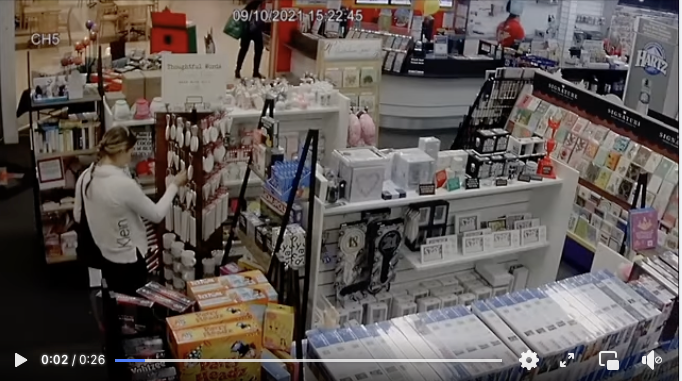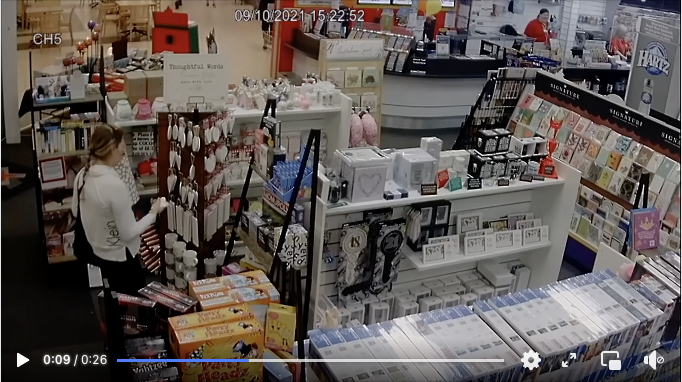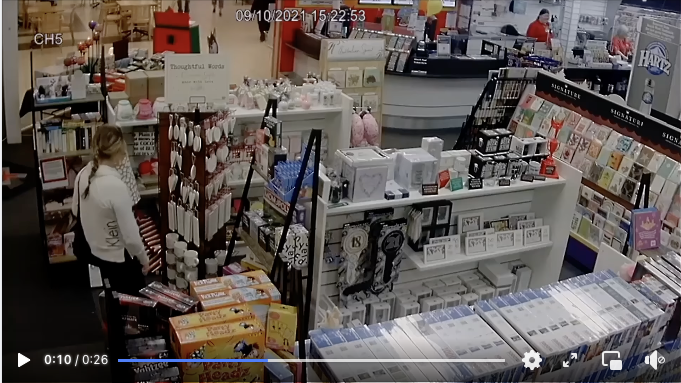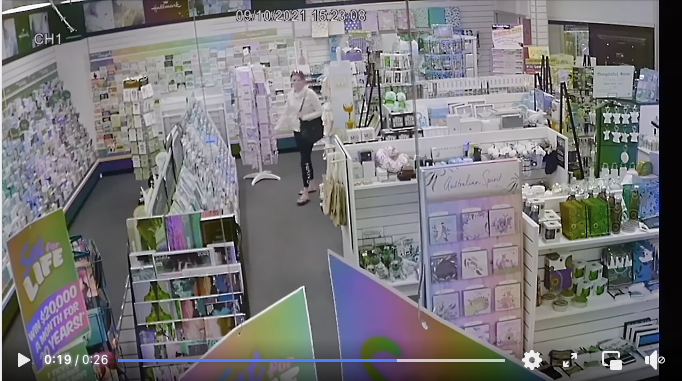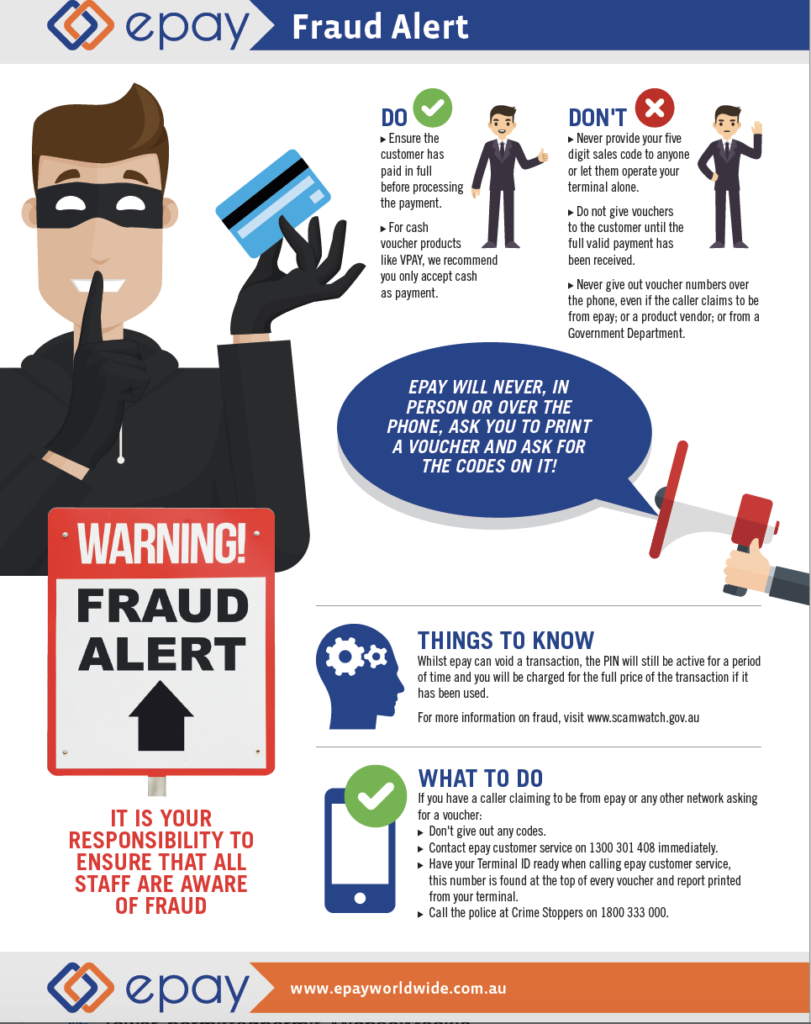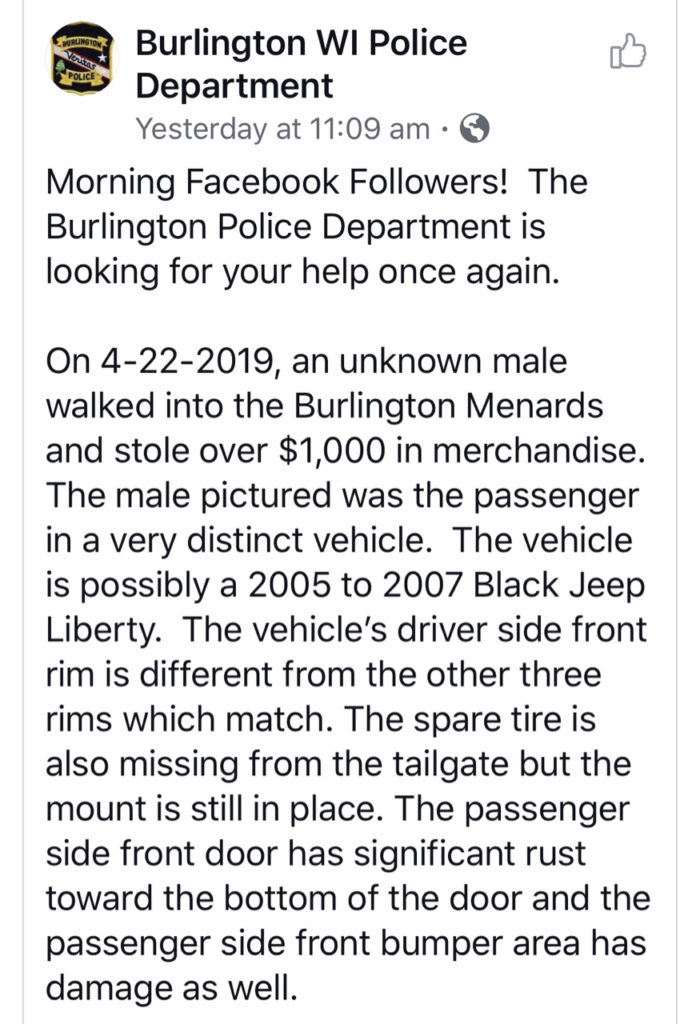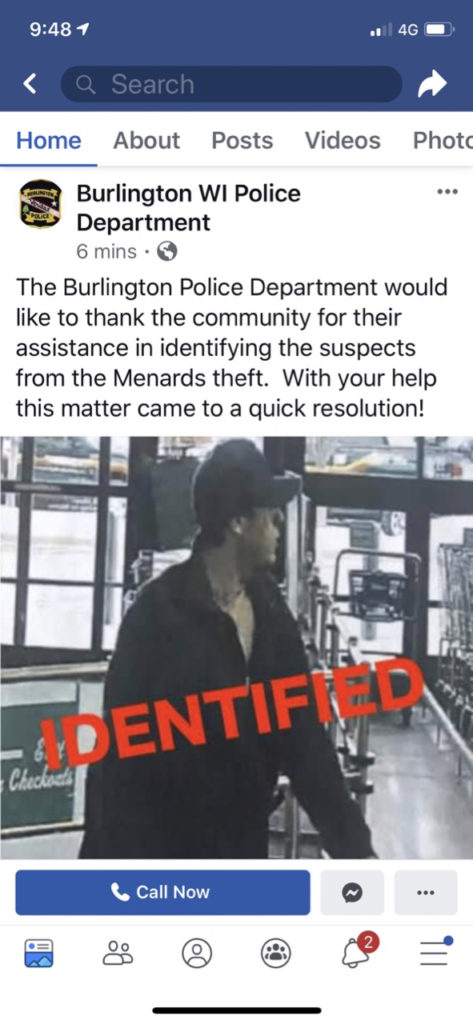Advice on dealing with an escalation of customer chargebacks
Any retailer selling online is likely experiencing an increase in chargebacks. I’m seeing it in my businesses. Submitting a chargeback is easy and a likely win for the shopper depending on the payment gateway used.
I had a situation where a customer spent hundreds of dollars. The item arrived in perfect condition. The box it was in was in perfect condition. The paper protector sleeve around the box has a small scuff.
I offered the customer a full refund if they would print the return to us label and drop it off at the post office. They ignored that and submitted a chargeback.
I provided the evidence of the offer of a refund. The chargeback was found in their favour. After this I approached the customer for as return of the goods which they now had for free. They ignored me.
What happened here to us was clearly a scam, setup for them to get the product for free, which they could sell on eBay for double the RRP – giving them a nice bonus.
I have successfully used the Australian Financial Complaints Authority to investigate what I consider to be fraudulent chargeback requests. While it may not always go your way, taking action like this is better than doing nothing, or simply complaining. Here’s where you can start: https://www.afca.org.au/make-a-complaint They do provide good advice to follow before making a complaint:
- Complain directly to your financial firm first, using their internal dispute resolution process. Many complaints can be resolved quickly once you make contact with your financial firm (for example, your bank, insurer, financial planner, mortgage broker, superannuation fund).
Find your financial firm. - Identify the issue you want to complain to us about.
- Work out if you want to authorise someone else to complain on your behalf.
- Think about what type of loss you have experienced, and what sort of outcome you want to achieve.
- Collect any relevant documents that will help support your complaint.
- If you’re experiencing financial difficulty, prepare a Statement of Financial Position.
- Find out where you can go for help if your complaint doesn’t fall within our Rules.
- Read through the process we follow, including AFCA’s timelines, and make sure you understand the process for your complaint.
What I’d like, but cannot see happening for privacy and other reasons, is to see a a register where businesses can lodge details of people who have scammed them: names, addresses, and other details – enough for us to check (automatically) before accepting an order.
What we in business can do is to talk more about chargebacks and the cost to business. Ultimately, shoppers will have to pay this cost.
While AFCA can help, it takes time and has a cost. There has to be a better way for businesses to head off chargebacks before they become a chargeback. Banks and payment platforms could do this if serving their business customers actually mattered to them.
Payday News has an excellent story on chargebacks: CHARGEBACK FEES SURGE AS AI RESHAPES ONLINE PAYMENTS AND MERCHANTS BEAR THE COST.

